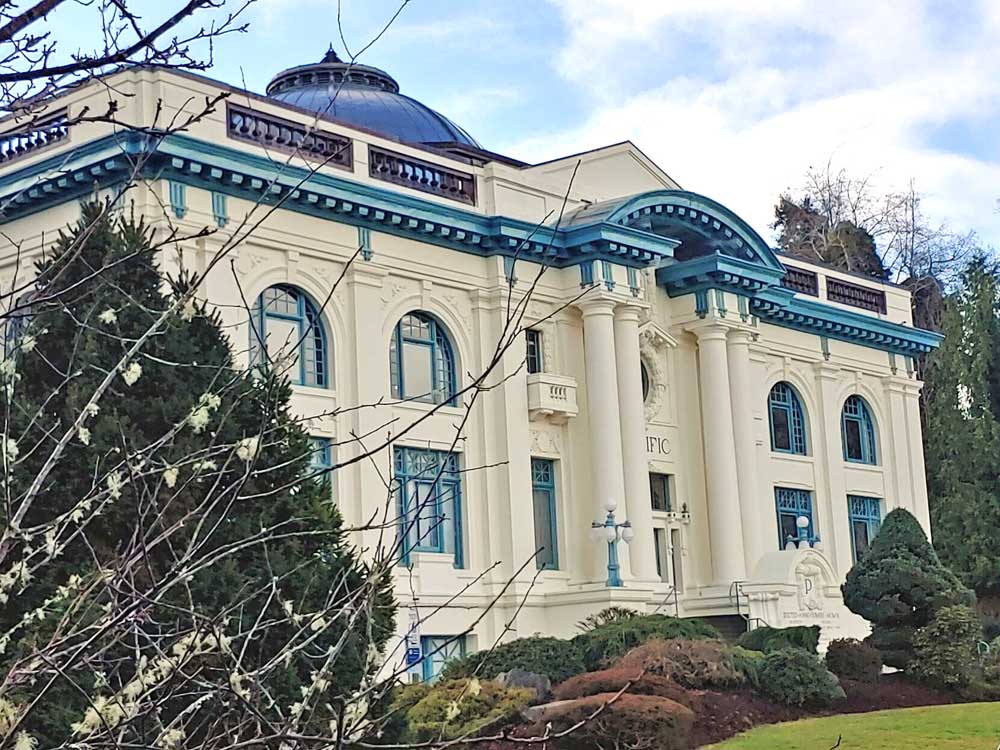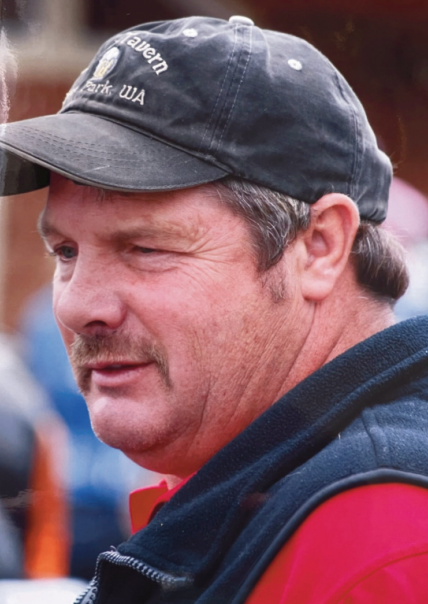Birdwatching Spring has sprung: The robins are back
Published 8:01 am Tuesday, March 7, 2017

- A baby American robin peeks over the rim of its nest, perhaps in anticipation of a worm.
The America robin is common throughout North America. Many people think that spring begins when they see their first robin. If this is so, then spring has sprung on the Peninsula and the Willapa National Wildlife Refuge. The robin red-breast is everywhere.
Trending
Perhaps you were lucky enough to see a robin in December or January; if so, you most likely saw one that overwintered. If robins stay on their breeding grounds during the winter, the most likely place to find them is in the tops of trees or in fruit trees or shrubs. They are less likely to be seen on the lawns of homes and parks, which are their favorite places in spring and summer when they can be seen stalking worms, insects and invertebrates! Their major food source in the fall and winter is fruit. If fruit is plentiful, many robins are encouraged to over winter.
The American robin is often referred to as robin red-breast, but in fact the breast is orange in color. The male robin has a deep, vibrant orange breast, a coal black head and a grayish back. The female wears the same colors as the male, but her clothes are much lighter versions of her male counterpart, making her look as though her colors have faded in the sunlight.
The robin is a nesting species in our area and often produces three broods. According to the Cornell Ornithological Lab, the female builds the nest from the inside out using the wrist of her wing to form the material into the shape of a cup. Grass and twigs form the base of the nest. Other materials used include paper, string, rootlets, moss and feathers. Once the initial construction is in place she lines the nest with soft mud to give it stability. To make it more comfortable for her babies, she puts on the final touch inside: a layer of soft, fine grass. The nest can be up to 6 inches high and is usually 6 to 8 inches across.
Trending
Not only does the female build the nest, but she also chooses the nesting site. If a tree branch is chosen, the nest is usually placed on a horizontal branch, midway or high in the tree. In either case, the nest is generally well hidden by branches of leaves above the nest. A female may also decide to place her nest on man-made structures such as window ledges, light fixtures, eaves and gutters. Shrubs and thickets are also popular nesting sites.
Robins often roost in large flocks in the treetops during fall and winter. The calendar doesn’t indicate that it is spring yet, but the American robin is here in great numbers. It can be seen running across lawns, fields and parkland, stopping occasionally, tilting its head to one side to listen as it hunts for worms. I would say, that spring has definitely sprung!









